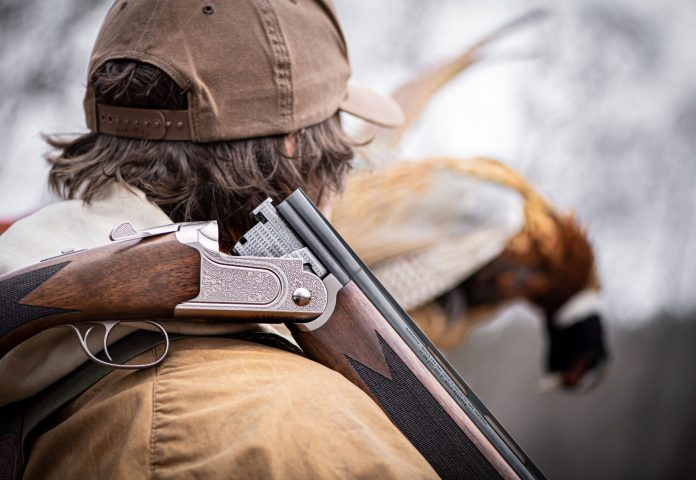Types of shotguns are classified by their action, which is their operating system, so to speak, and by their gauge, an archaic measure of caliber. Each action type and gauge has its advantages and applications in the field and on the range. Cartridge ammunition, developed in the mid-19th century, allowed different types of shotgun actions to evolve. Before that time, all shotguns were muzzleloaders. Self-contained shotgun shells made breechloaders and repeating actions feasible and sparked innovation in gun design. Three types of shotgun actions emerged as long-lasting favorites: break-actions, semiautomatics, and slide-actions (a.k.a. pump-actions).
The 3 Most Common Types of Shotguns
- Break-actions
- Pump-actions
- Semiautomatics
Types of Shotguns: Break Action

How Break-Action Shotguns Work
A break-action shotgun opens at the breech, usually by means of a thumb-activated lever on top of the gun. The barrel or barrels pivot on a hinge pin or on trunnions, swinging opening at an angle so you can drop a shell into the chamber(s) then close it to shoot. Break-action guns are typically two-barreled over/under or side-by-side guns, but there are many break-action single shots. Some break actions with three or even four barrels have been built, including guns that combined shotgun and rifle barrels.
Break-Action Shotgun History
The invention of pinfire cartridges in the 1840s made breechloading shotguns possible. Pinfires were named for the firing pin projecting from the rim of each cartridge, and they required the downward blow of a hammer to ignite them. From the 1840s to 1875, until the invention of the hammerless Anson and Deeley boxlock in England, all guns had external hammers and were side-by-side or single-shots.
Over-Unders appeared in the early 20th century, first as built-to-order high-grade guns from England. John Browning designed the famous Superposed O/U so that over-under shotguns could be made much less expensively and be affordable to a wider audience. It debuted in the 1930s, but it wasn’t until the post-WWII prosperity of the 1950s that O/Us achieved mass popularity.
What Break-Action Shotguns Do Best
Break actions are very popular among clay target shooters and upland bird hunters. Target shooters like the dependability of a break-action gun, and the fact they will chamber and shoot poorly-sized reloaded shells that might jam a semiauto. Upland hunters choose them because they can be light and compact. Typically a break-action gun is about three inches shorter than a pump or semiauto of the same barrel length. Also, a gun with two barrels can have two different chokes to shoot a tighter or more open shot pattern as needed.
Break-action guns sacrifice firepower for reliability. There is very little to go wrong with one, and the enclosed action stays relatively free of dirt and debris. Many shooters like the ease with which the gun can be opened for safety purposes. They can be unloaded quickly for crossing obstacles in the field or opened to show someone they are unloaded and incapable of firing. In some fancier places, like Georgia quail plantations, you are expected to show up with a break-action gun.
Break-actions are more expensive than other actions, due to amount of the fitting required to make them open and close properly and shoot both barrels to the same point of aim. Nearly all the world’s high-end guns are break actions.
Read Next: Vintage Side-by-Side Shotguns That You Can Actually Afford
Types of Shotguns: Pump Action

How Pump-Action Shotguns Work
A pump- or slide-action has a forearm that slides up and down the magazine tube to eject the fired shell and load a fresh one. Pumps have tubular magazines below the barrel that hold up to four shells, or more if the gun has a magazine extension. Some tactical models hold up to 15 rounds. Most pumps have an ejection port on one side of the receiver and a loading port on the bottom. A few, like the Browning BPS, load and eject through a single port in the bottom of the receiver.
Pump-Action Shotgun History
Sylvester Roper and his former business partner Christopher Spencer, of Spencer repeating rifle fame, got back together to introduce the first pump shotgun in 1884. While it was a good and fairly popular gun, John Browning’s Winchester Model 1897 became the first classic pump. Although it remained in production into the 50s, the 97 had an exposed hammer. Hammerless models like Winchester Model 1912 and Remington Model 17 appeared in the early 20th century and lasted through the post-war era, when reliable, mass-produced pumps with stamped and common parts like the Remington 870 in 1950 and the Mossberg 500 in 1962, undercut them in price. Both of those guns have gone on to sell over 10,000,000 units, making them the most popular shotguns of all time.
What Pump-Action Shotguns Do Best
Because a slide-action is hand-powered, pump shotguns work in almost any condition. The tubular magazine affords more firepower than a break-action, and pumps are easy guns to maintain and shoot for a long time between cleanings.
Pump guns are largely an American gun. The rest of the world prefers semiautos and break-actions. Of the three main action types, pumps are the least expensive. They are often the first guns, or guns for hunters on a budget. Their foul-weather reliability makes them popular in the duck blind, and they are not finicky about ammunition, as some semiautos can be. They make excellent guns for turkey hunting and for shooting shotgun slugs. They have no equal as reliable, rugged shotguns for police, military, and home defense. With extra barrels being readily available and affordable for most pumps, one gun can serve several purposes, and they represent the best value of any shotgun type.
Read Next: The Best Budget Shotguns
Types of Shotguns: Semiautomatic

How Semiauto Shotguns Work
Semiauto shotguns fire with each pull of the trigger. The gun accomplishes all the functions of ejecting spent shells and feeding new ones from the magazine either by means of the gun’s recoil or by harnessing expanding gases bled from the barrel to drive the action. An action spring, found in the stock of most semiautos, pushes the bolt back into battery, picking up a fresh shell lifted from the magazine by the carrier on its way forward.
Semiauto Shotgun History
John Browning invented the famous Auto 5 semiautomatic around 1900. It was a recoil-operated gun, and so far ahead of its time, as well as so well patent-protected, that it had no serious competition until after World War II. In 1963, Remington introduced the gas-operated Model 11, which had the twin advantages of functioning more reliably than other gas designs and of greatly reducing felt recoil, a trait common to all gas designs. It was an immediate success, and other good gas guns followed. Also in the 1960s, the Benelli family began selling inertia-operated guns which made use of the gun’s recoil forces to operate. Benellis and other inertia guns have gone on to enjoy worldwide popularity.
What Semiauto Shotguns Do Best
Semiautos have become increasingly reliable and versatile, making them the most popular type of hunting gun. Gas-operated semiautos are popular with hunters and target shooters who dislike the recoil of break-action guns or pumps. Inertia guns have a large following among waterfowl hunters, who prize the way they keep working in wet, dirty conditions. Likewise, there are lightweight semiauto models for upland hunting. The Marine Corps uses the Benelli M4 semiauto, and semiautos are very popular guns among 3-gun competitors. There’s a semiauto for every kind of hunting and shooting you can do with a shotgun.
Types of Shotguns: Oddball Actions

Although the break-actions, pump actions, and semiautomatics are the most popular shotgun types, shotguns have been built around other actions as well. One of the first repeating shotguns was the 1887 Winchester, a lever-action gun designed by John Browning at Winchester’s request, as the company felt lever-actions defined its brand identity, and there are still some lever-action .410s made today.
Bolt-action shotguns have mostly been made as inexpensive, practical shooters, with the exception of some very accurate bolt-actions made for shooting deer slugs. Variations on the break-action design include two-barreled guns with actions that slide open, as well as rotary designs where you twist the action to unlock it.
Different Types of Shotgun Gauges
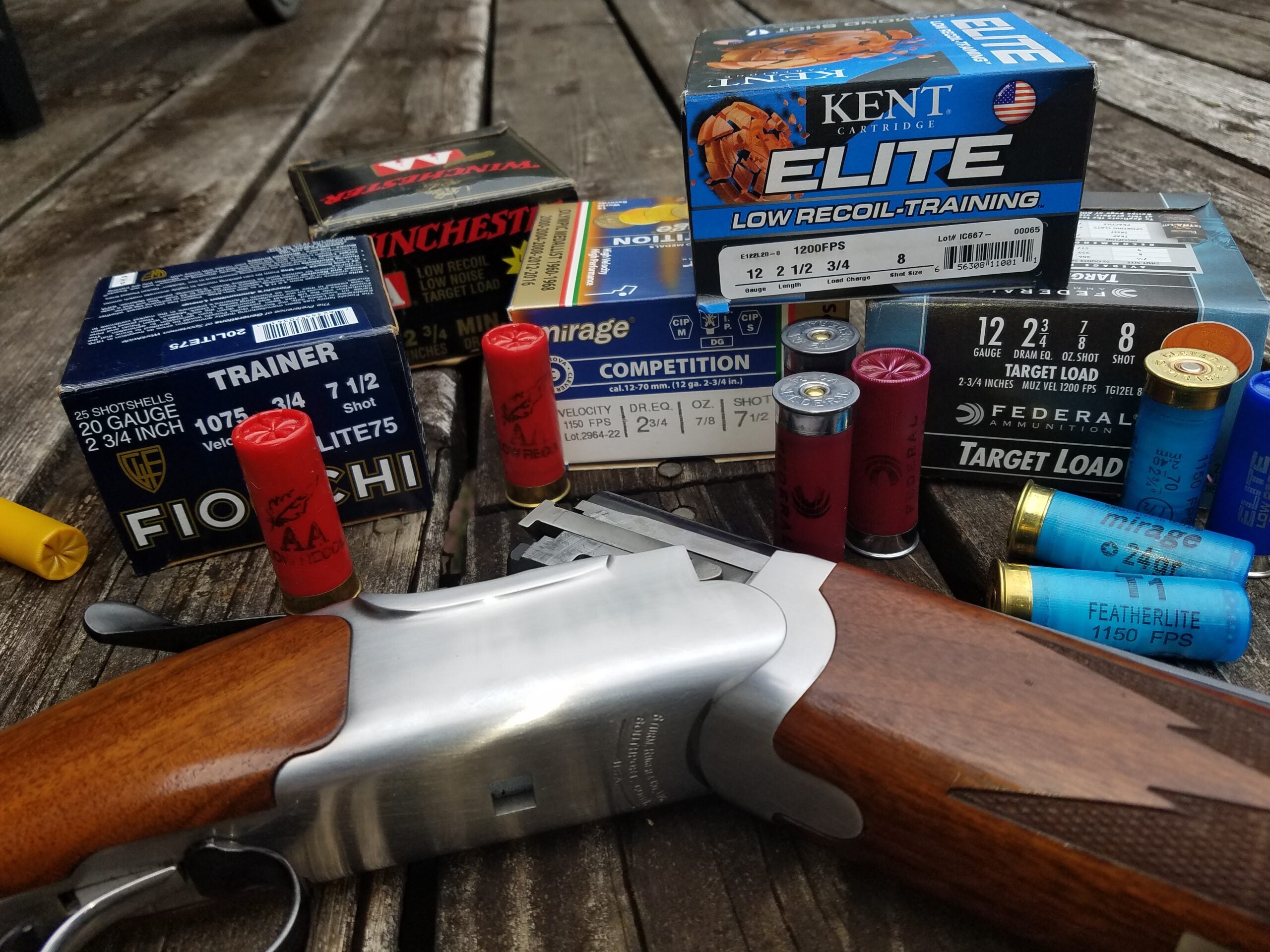
With the exception of the .410, which is measured by the caliber of its barrel in inches, shotguns are measured by the number of lead balls of bore diameter that weigh a pound. A 16-gauge is the diameter of a one-ounce lead ball, for example. Shotgun shells in each gauge come in various lengths, from 2 ½-inches up to 3 ½-inches in some 12s and 10s. The length of the shell, along with the diameter, determines how much powder and shot it can hold.
There are six common bores (or “gauges”) in use today. The bore diameter and common cartridge lengths available for each are listed as well. Be aware that many older and target-model shotguns are chambered only for shorter shells.
The 10-gauge (.775”; 2 7/8- and 3 ½-inch)
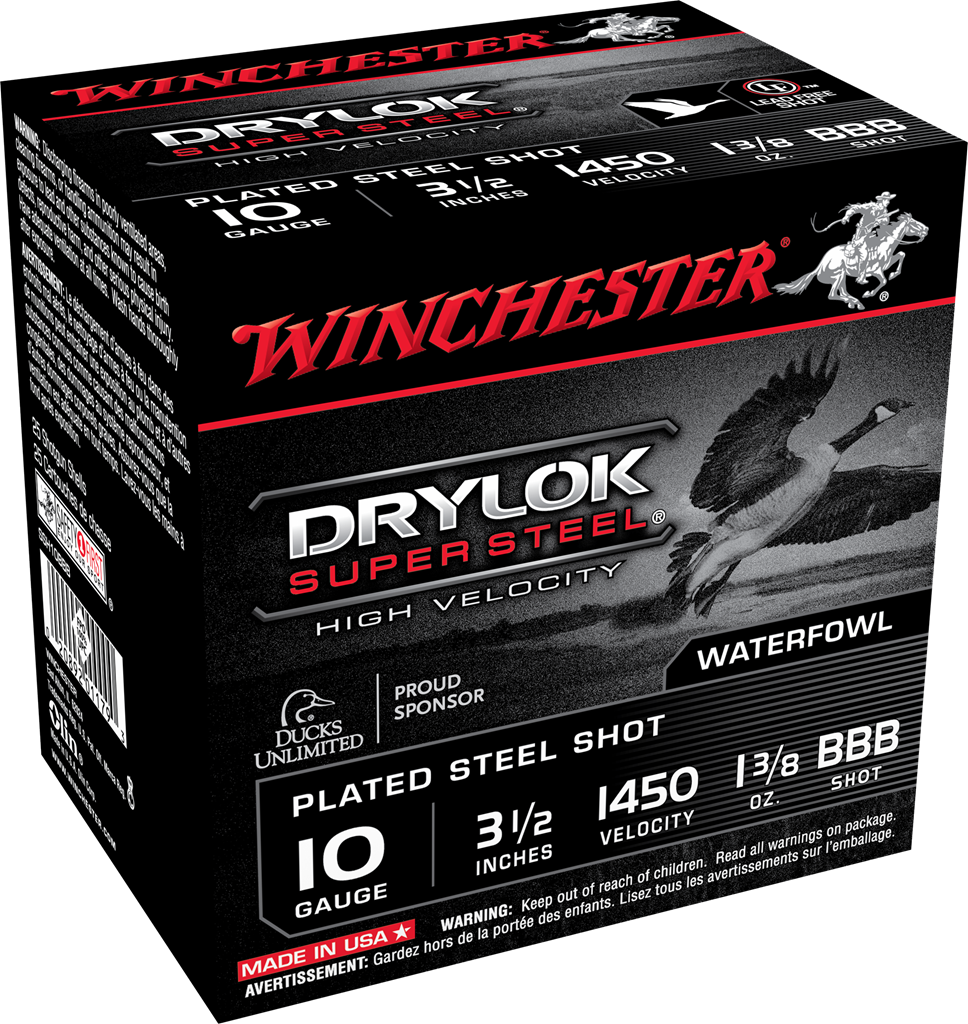
The largest bore allowed for hunting in North America, the 10 is a massive gun best suited to long-range shooting. It is very much a niche gun, shooting heavy 3 ½-inch shells and it hangs on primarily as a gun for goose and turkey hunting and is not often seen. The Ithaca Gun Company did once make a law-enforcement version of their SP-10 semiautomatic called The Roadblocker.
The 12-gauge (.729” 2 ¾-, 3- and 3 ½-inch)
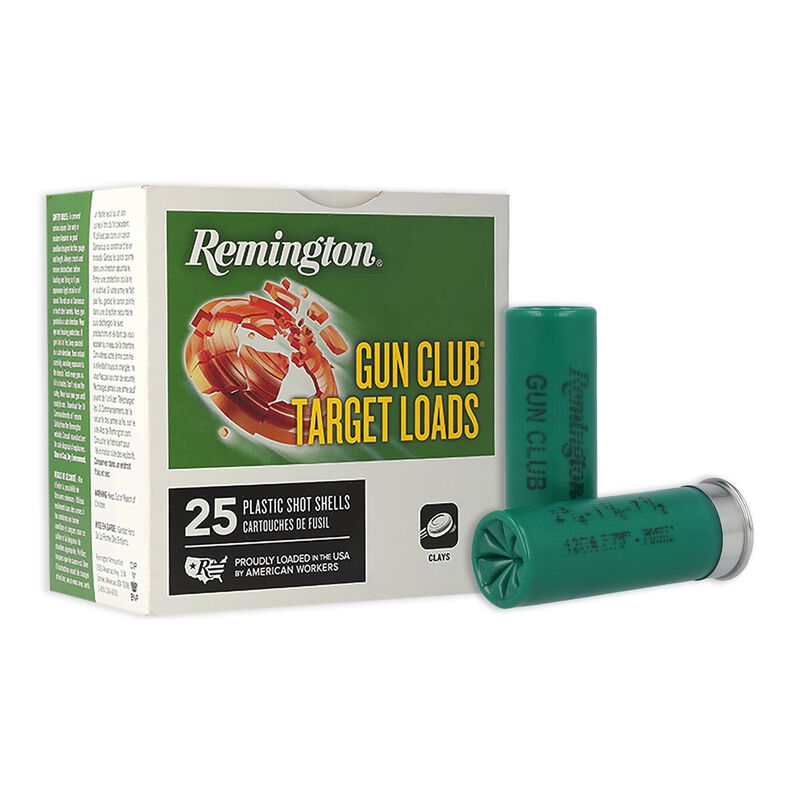
By far the most popular gauge in the United States and around the world, the 12 is a do-all gauge. It is commonly chambered for 2 ¾-, 3- and, for some guns, 3 ½-inch cartridges. It can be loaded with very light target and hunting loads on up to 3 ½-inch payloads matching or exceeding the 10 gauge. Loaded properly, it can be used for any type of hunting. It is the only gauge used for trap shooting, and the most popular for sporting clays as well. It’s also a standard gun for any type of home defense, police, or military work. Twelve-gauge guns can be made as light as 6 pounds or as heavy as 9 pounds for different purposes.
The 16-gauge (.665”; 2 ¾-inch )
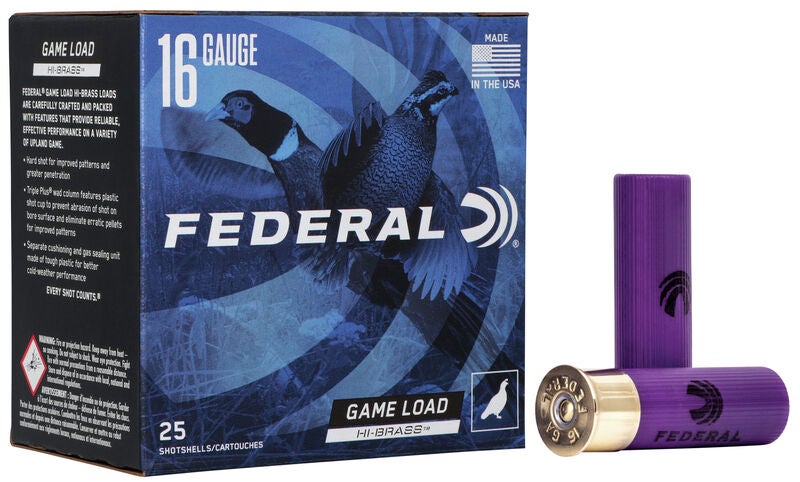
Once a favorite among upland hunters and made only in 2 ¾-inch and shorter shells, 16-gauges lost its popularity when the 3-inch 20 gauge appeared in the 1950s, allowing the 20 to match 16-gauge payloads. With the coming of steel shot, the 20 gauge could actually shoot more pellets than a 16. Currently, there is a small 16-gauge revival underway, mostly thanks to the recent introduction of Browning’s light, handy “Sweet 16” A5 shotgun and the popularity of bismuth shot. The 16 is best for upland bird hunting. There are no target events for 16 gauge guns.
The 20-gauge (.615” 2 ¾- and 3-inch)
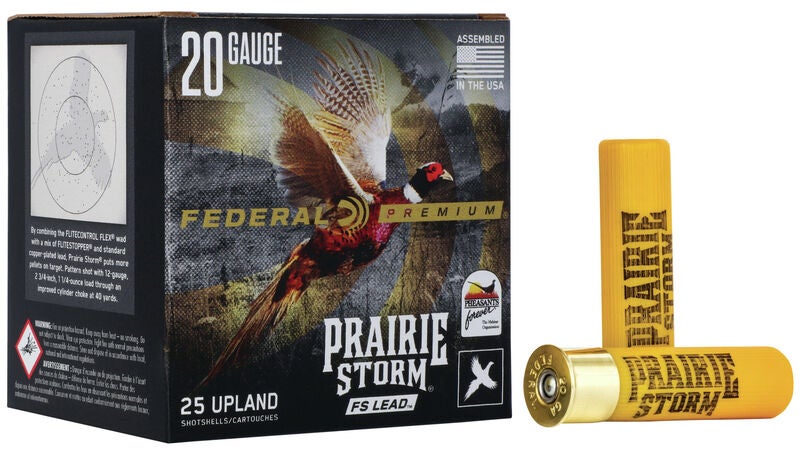
The 20-gauge is the second-most popular gauge. Because the guns are light and trim, and because they fire lighter loads, often with less recoil than a 12, they are often used for upland hunting, dove hunting, and as guns for new and smaller shooters. Recent improvements in ammunition have started a trend of 20 gauge waterfowl and turkey hunting guns as well. There are classes for 20-gauges in the games of skeet and sporting clays.
The 28-gauge (.550; 2 ¾- and 3-inch shells)
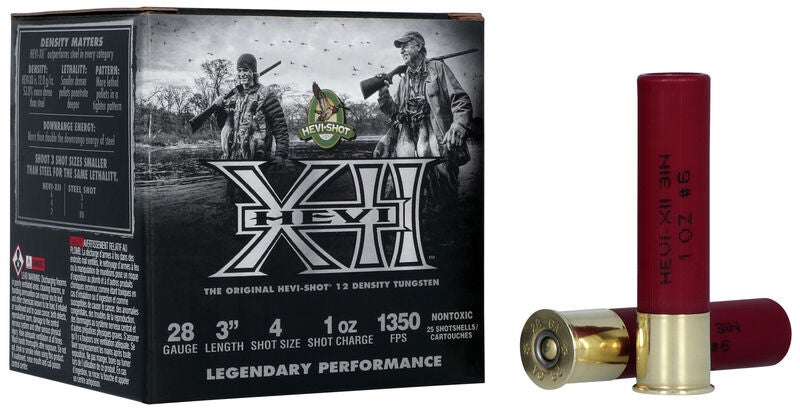
The 28-gauge has long been the favorite of upland hunters, who enjoy its mild recoil and seemingly magic efficiency of its light ¾-ounce payloads on smaller gamebirds. There are also classes in skeet and sporting clays for 28s. Very recently, gun and ammo makers have introduced 3-inch 28-gauge shells and guns aimed toward waterfowl and turkey hunters who want a lighter gun.
Read Next: The 50 Best Shotguns of All Time
The .410 (67-gauge; 2 ½- and 3-inch shells)
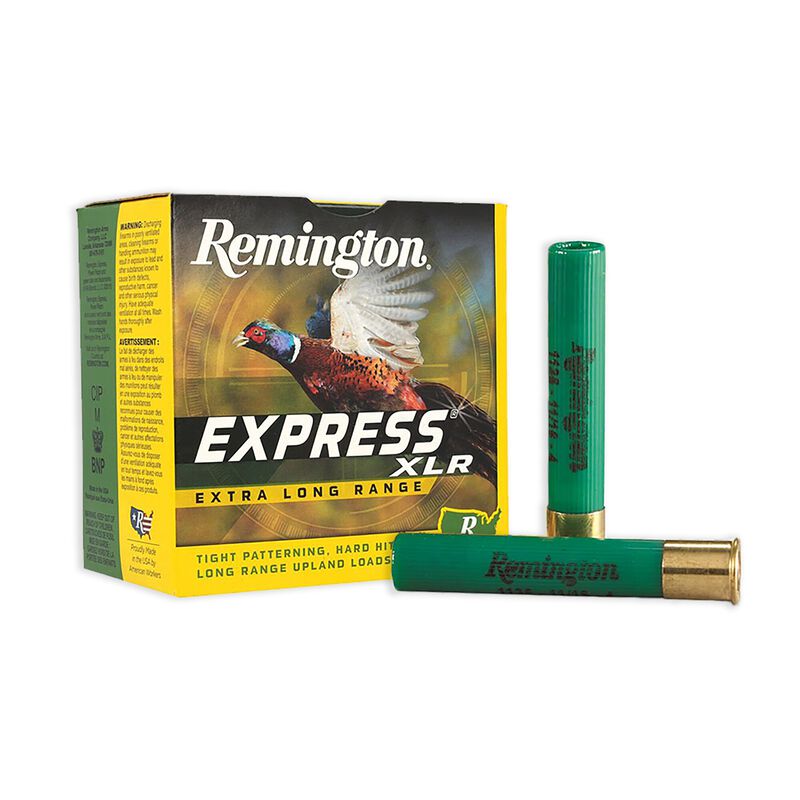
The smallest “gauge,” the .410, is known by its bore diameter. Because the guns are small and their recoil is very light, they are often given to young shooters as a first gun. In fact, the tiny payload of the .410 and its poor patterning qualities make it a gun for experts who keep their shots close. There are challenging events for the .410 in Skeet and sporting clays. The development of hard-hitting Tungsten Super Shot (TSS) has led to the development of .410 turkey guns.
Frequently Asked Questions
What’s the best type of shotgun for hunting?
There is no one best type of shotgun for hunting. Some shotguns perform better than others at certain types of hunting. For example, rifled-barreled bolt-action shotguns are better for deer hunting than smooth-bore break-action shotguns. Both semiautomatics and pump-actions have interchangeable barrels making them affordable options for those who want to hunt different types of game under different conditions.
What is the most common hunting shotgun?
Worldwide, semiautomatic shotguns are the most popular type of hunting shotgun. However, the most popular shotgun models of all time are likely the pump-action Remington 870 and Mossberg 500, which have sold over 10,000,000 units collectively. When it comes to shotgun gauges, the 12-gauge is the most common hunting shotgun gauge in the field.

